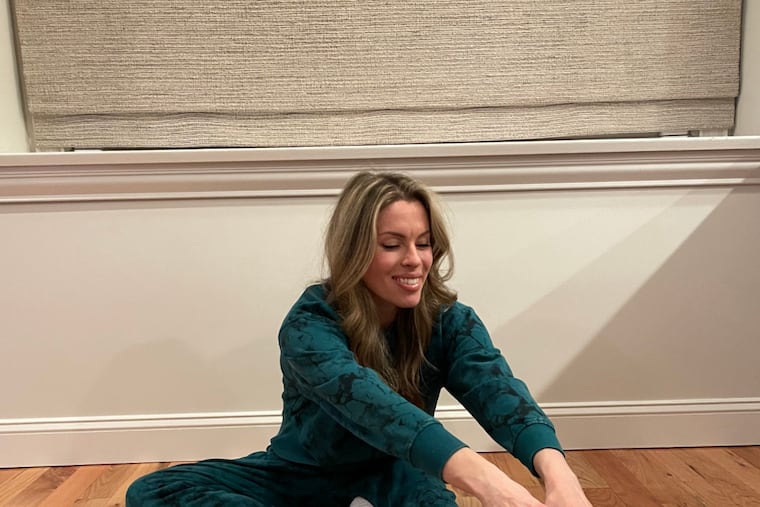Four exercises to stop foot and leg cramps fast
Fifteen minutes of daily stretching can go a long way to help prevent and alleviate bothersome muscle contractions.

Are frustrating foot and leg cramps slowing you down? Lower-body cramps are like a really unwelcomed surprise party for your body. Without warning or much predictability, these uncomfortable sensations can strike at any time. And when they occur frequently, they can interfere with your quality of life. Especially when they awaken you from a sound slumber.
There are a number of causes and conditions that generate muscle spasms, such as exercising without a proper warm-up, using certain medications, unmanaged stress, charley-horses, restless leg syndrome, and muscle strain from the day’s activities. But 15 minutes of daily stretching can go a long way in helping relieve and alleviate these bothersome muscle contractions.
You will need a tennis ball to practice this stretching sequence. Aim to perform these soothing movements in the evenings before bed, or after exercise.
Supine figure four
Begin on your back with both feet flat on the floor.
Cross your right leg over the left so the right ankle is resting above your left knee.
Elevate your legs and wrap your hands behind your left thigh. Keep your upper body relaxed and in contact with the floor as you pull your left leg in toward the torso. Hold for 20 seconds, then repeat on the opposite side.
Seated hamstring stretch
Sit on the floor and bend the right leg, tucking the foot into the left inner thigh.
Keep the spine straight and shoulders pointed in the same direction as the extended leg as you roll forward, bringing the chest down toward the leg. Rest your hands on your knee, shin bone, or toes — wherever your range of motion will comfortably permit. Hold here for 20 counts before switching sides.
For those unable to sit on the floor, you can perform the same stretch by sitting on a chair with one foot firmly planted on the floor and resting the extended leg on a second nearby chair. Follow the same form as described above.
Crossover leg stretch
Stand tall with your legs crossed so the outsides of your feet are touching.
Keep the back leg straight as you lower the torso and arms down toward the floor. You should feel a deep stretch on the lateral part of the back leg. Do not force yourself to stretch past your range of motion, as this can apply too much stress on the lower back. Hold for 15 to 20 seconds. When complete, practice on the opposite leg.
Foot massage
Start by sitting in a chair with your shoulders back and feet flat on the floor.
Place a tennis ball on the ground and position your right foot on top of it. Apply pressure to the ball as you roll it back and forth, massaging the bottom of your foot. Continue this movement for 30 seconds, then repeat on the other foot.
Ashley Blake Greenblatt is a certified personal trainer and wellness coach in South Jersey. Learn more about her virtual training program at ashleyblakefitness.com.